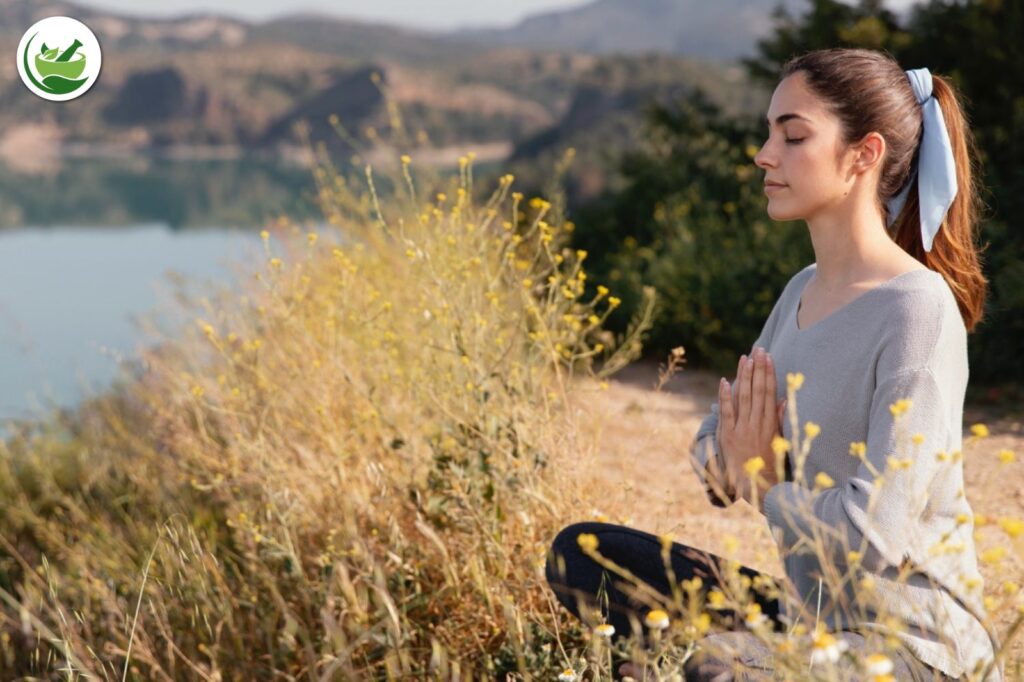
In a world that often seems fast-paced and filled with stress, more and more people are seeking ways to achieve balance and well-being in their lives. One approach gaining popularity is the holistic lifestyle. But what exactly does it mean, and how can you adopt this approach to enhance your overall well-being? In this blog post, we’ll explore the fundamentals of holistic living, providing insights into what it is, how to start, and its numerous benefits.
Read more blogs on Holistic lifestyle
What is a holistic lifestyle?
Holistic living is a comprehensive approach to life that considers the interconnectedness of mind, body, and spirit. It recognizes that all aspects of our lives are interconnected and should be nurtured to achieve a state of balance and harmony. This holistic philosophy emphasizes the importance of treating the whole person, addressing not only physical health but also mental, emotional, and spiritual well-being.
What is the meaning of a holistic lifestyle?
At its core, holistic living is about adopting a mindset that values the integration of various elements to promote overall wellness. It involves making conscious choices that align with your values and goals. From nutrition and exercise to mental health and spiritual practices, a holistic lifestyle encourages individuals to address all areas of their lives to achieve a sense of wholeness and vitality.
How to Live a Holistic Lifestyle
Nourish Your Body:
- Eat a well-balanced diet rich in whole, nutrient-dense foods.
- Drink plenty of water and minimize your intake of processed meals and artificial chemicals.
- Include frequent physical activity to support physical well-being.
Develop your mental health.
- Reduce stress by practicing meditation and mindfulness.
- Make enough sleep a priority for optimal cognitive function.
- Participate in things that offer you joy and relaxation.
- Develop strong bonds with friends and family to promote emotional well-being.
- Express emotions in a healthy manner and get help when necessary.
- Express thanks to cultivate a happy outlook.
Investigate spiritual practices
- Use meditation, prayer, or nature to connect with your spirituality.
- To find greater meaning in life, consider your purpose and ideals.
How to Start a Holistic Lifestyle
Self-Reflection:
- Take time to assess your current lifestyle and identify areas for improvement.
- Consider your values and goals to align your choices with your personal vision of well-being.
Set realistic goals.
- Establish achievable, small goals in each aspect of your life.
- Gradually incorporate new habits to avoid feeling overwhelmed.
Educate Yourself:
- Learn about holistic practices and their benefits.
- Stay informed about the impact of your choices on your overall well-being.
Holistic Lifestyle for Beginners
Mindful Eating:
- Start by being more mindful of what you eat. Choose whole, unprocessed foods over packaged and processed ones.
- Pay attention to portion sizes and listen to your body’s hunger and fullness cues.
- Gradually incorporate more fruits, vegetables, and whole grains into your diet.
Hydration:
- Begin your day with a glass of water to kickstart your metabolism.
- Carry a reusable water bottle and aim to stay hydrated throughout the day.
- Reduce your intake of sugary beverages and opt for herbal teas or infused water.
Mindful Movement:
- Explore different forms of exercise to find what you enjoy. It could be yoga, walking, dancing, or any activity that gets your body moving.
- Start with short sessions and gradually increase the duration and intensity of your workouts.
- Remember that movement is not just about physical health but also mental well-being.
Stress Reduction:
- Incorporate short periods of mindfulness or meditation into your day. Apps and online resources can provide guided sessions for beginners.
- Practice deep breathing exercises during moments of stress or anxiety.
- Identify activities that bring you joy and relaxation, whether it’s reading, listening to music, or spending time in nature.
Connect with nature:
- Spend time outdoors and connect with the natural world. This can be as simple as taking a walk in the park or sitting in your backyard.
- Practice grounding exercises, like walking barefoot on grass or soil.
- Cultivate a small indoor garden to bring elements of nature into your living space.
Prioritize Sleep:
- Establish a consistent sleep routine by going to bed and waking up at the same time each day.
- Create a relaxing bedtime routine, such as reading a book or practicing gentle stretches.
- Ensure your sleep environment is conducive to rest, with minimal noise and light.
Emotional Well-being:
- Foster positive relationships and surround yourself with supportive friends and family.
- Practice self-compassion and be kind to yourself during challenging times.
- Consider journaling to express and reflect on your emotions.
Holistic Learning:
- Take time to educate yourself about holistic practices and their benefits.
- Read books, watch documentaries, or follow reputable online resources to expand your knowledge.
- Attend local workshops or classes to connect with like-minded individuals and learn new holistic techniques.
Read more about One Step Towards Holistic Lifestyle
Conclusion
In conclusion, a holistic lifestyle, emphasizing the interconnected well-being of mind, body, and spirit, offers a transformative journey toward balance and harmony. This guide provides practical steps for beginners, encouraging mindful choices in areas like nutrition, exercise, mental health, and spirituality. By fostering self-reflection, setting realistic goals, and continuous learning, individuals can gradually integrate holistic practices into their lives, paving the way for a more balanced and fulfilling existence. The key lies in celebrating small victories and embracing the unique journey towards holistic living.






